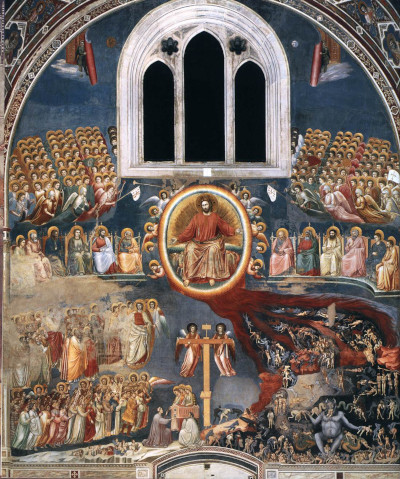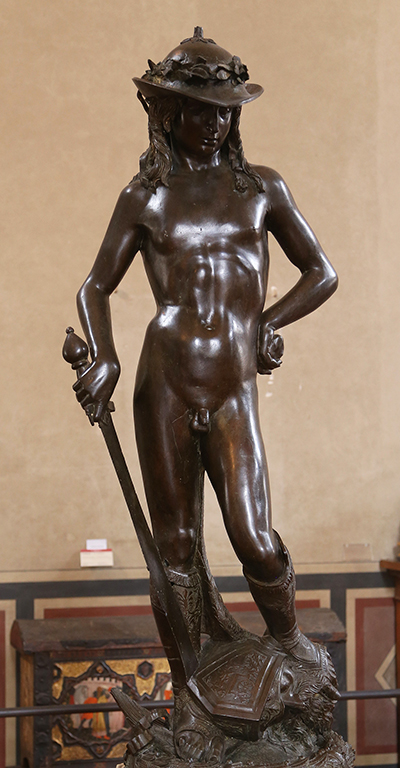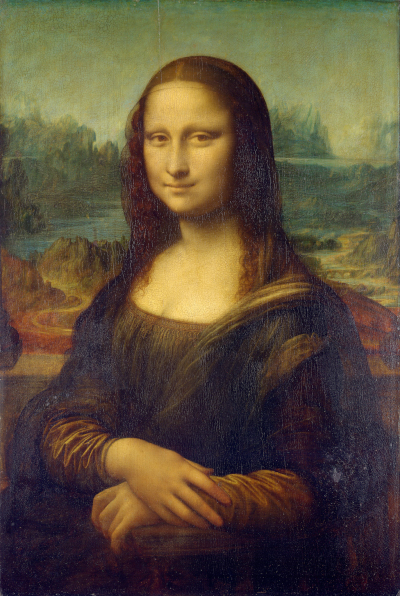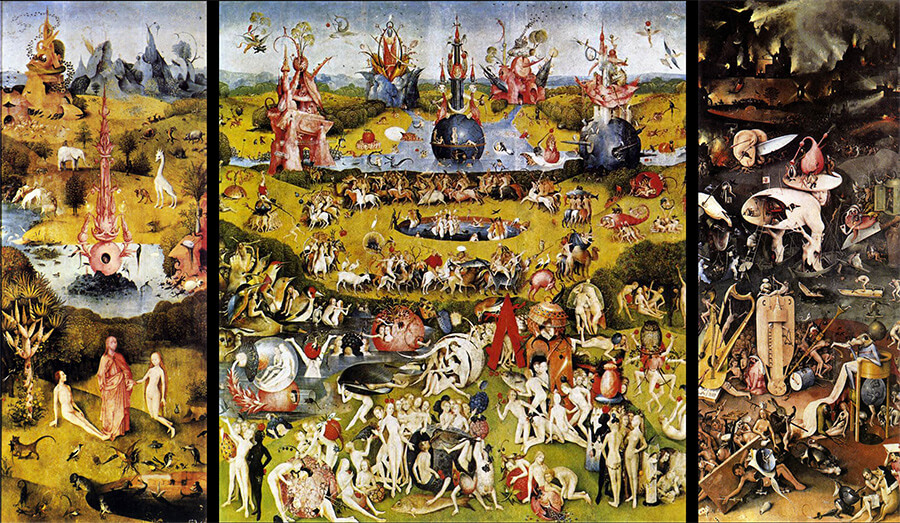Giotto di Bondone's Campanile was an artistically stunning bell-tower that was designed more for decoration than function
Art historians collectively hold this piece of architectural design in extremely high regard, ranking favourably against any of his work in other mediums. It sits beside the world famous Duomo in Florence, Italy.
Style of the Bell Tower
The completed tower stands at 85 metres high and is decorated in white, green, and red marble, in line with traditional Florentine architecture at that time. The key difference between the top and bottom halves of the Campanile is the flow of light, with very little coming into the bottom levels as no windows were included. The upper levels also make use of more of a gothic style than the classical work found below.
The main site has involved many of Italy's finest sculptors and architects, and Giotto's presence here is entirely in keeping - the likes of Ghiberti and Brunelleschi were both also prominent here. Many projects in and around the cathedral would span multiple decades, meaning they would be passed down from one artist to the next, creating a constant battle between retaining a consistent approach.
Giotto created geometric patterns in parts of the lower section prior to his untimely death. These would inspire work on other parts of the construction after his death, as sculptors attempted to create a consistent style throughout the whole project. Giotto had used white marble from Carrara, green marble from Prato and red marble from Siena in order to achieve precisely the tones he desired, forcing those who continued the project to source their marble from the same locations.
Less Interference and Politics
Giotto was excited by the prospect of designing the Campanile as he felt there would be little interference from other artists in this project, allowing him full license to impart his creative ideas. Work on the neighbouring Duomo was dogged by an abundance of painters and architects who needed to find a way to agree on every last detail.
Duration of Construction
The bell tower took a total of 50 years to complete, such was the intricacy of the work involved whilst the much larger cathedral took 170 years, including several periods of dormancy. Il Duomo was at one point the largest cathedral in Europe, before later being overtaken by San Peter's in the Vatican, Saint Paul's in London and the Milan Cathedral.
Completed after Giotto's Death
Giotto did not live long enough to see the completed building, passing away just two years after commencing its construction. His work was continued by Andrea Pisano and Francesco Talenti which helps to explain why the lowest two sections of it are so marketedly different from the top three. Despite this inconsistency, it remains a stunning piece of art and architecture.
Shortly after Giotto's death it became necessary to re-organise many of the sculptured elements, with new commissions being dispersed. This held things back somewhat, whilst work was also being completed in other areas of the site.
Crucially for Giotto's legacy, the Campanile's early finish, in relation to the larger cathedral, forced the designers and architects to continue some of Giotto's styling into the main building. This consistency was essential to the two items fitting correctly, and despite only spending a few years involved in the project, Giotto's legacy was assured.
In my opinion painters owe to Giotto, the Florentine painter, exactly the same debt they owe to nature, which constantly serves them as a model and whose finest and most beautiful aspects they are always striving to imitate and reproduce.
Giorgio Vasari
Decorative Sculptures
The true beauty of this building can only be appreciated by those lucky enough to view it in person, within Il Duomo Piazza. In every direction, at every level, artworks have been inscribed into the walls, including hexagonal panels and lozenges which tackle scenes from the Bible. Most of these were added by other artists who would have been junior to Giotto during his own lifetime.
A museum was eventually set up close by, just behind the cathedral, and this now contains many of the artworks originally added around the Campanile. It was deemed necessary to protect them for the future, and put high quality copies in as replacements. This follows a similar route to other sculptures which have originally been displayed outside, before being stored indoors for their own perservation and protection.
Video of Giotto's Campanile
More Renaissance Artists




 Giotto.jpg)
 Giotto.jpg)













